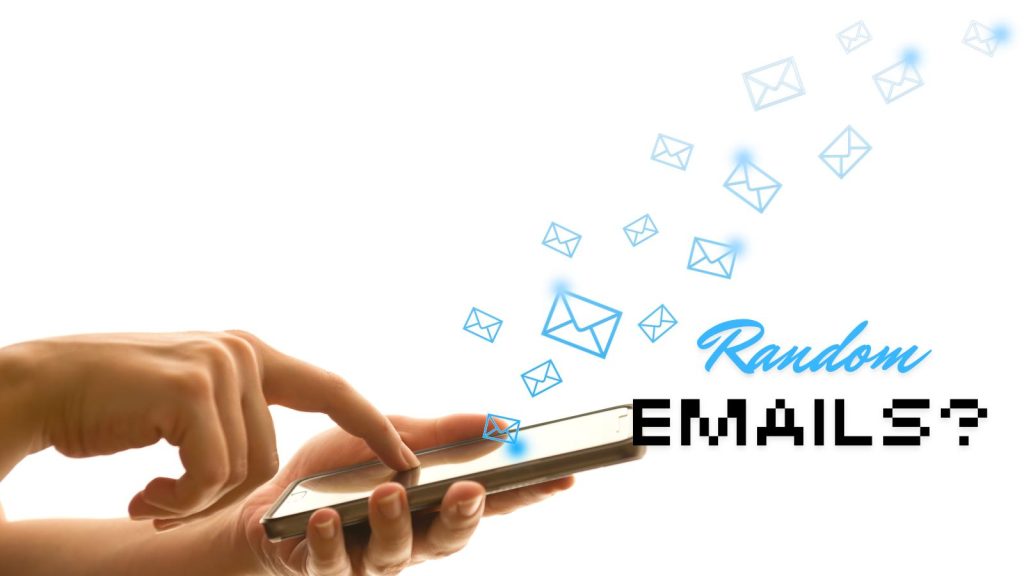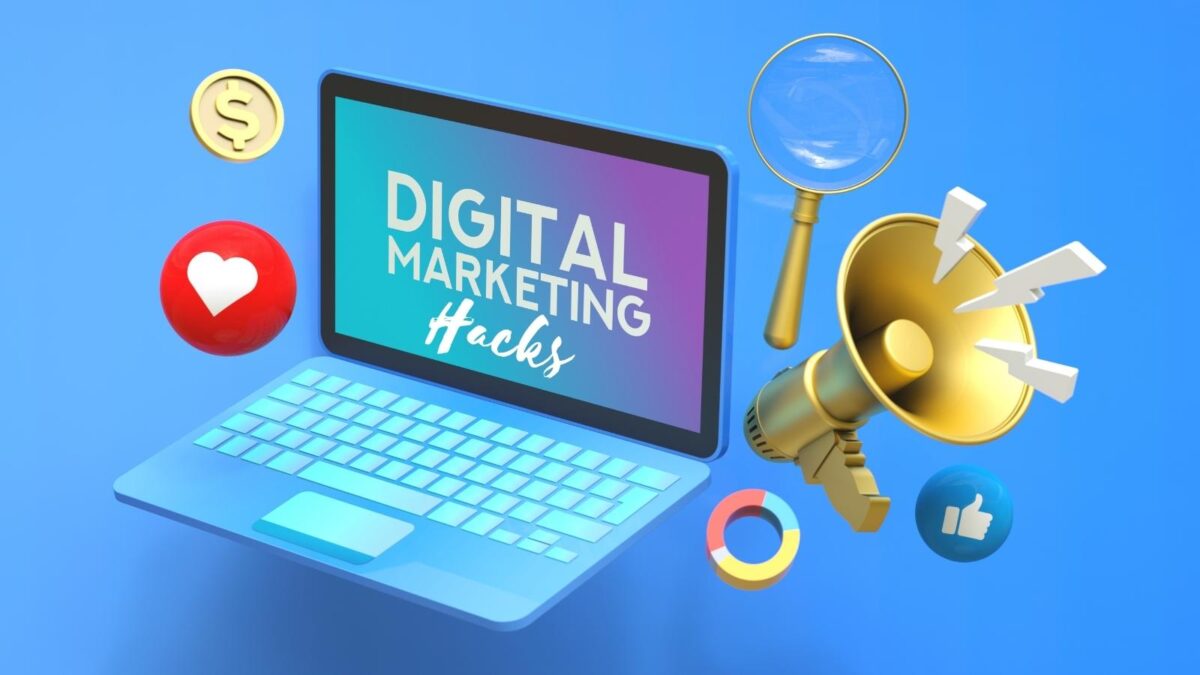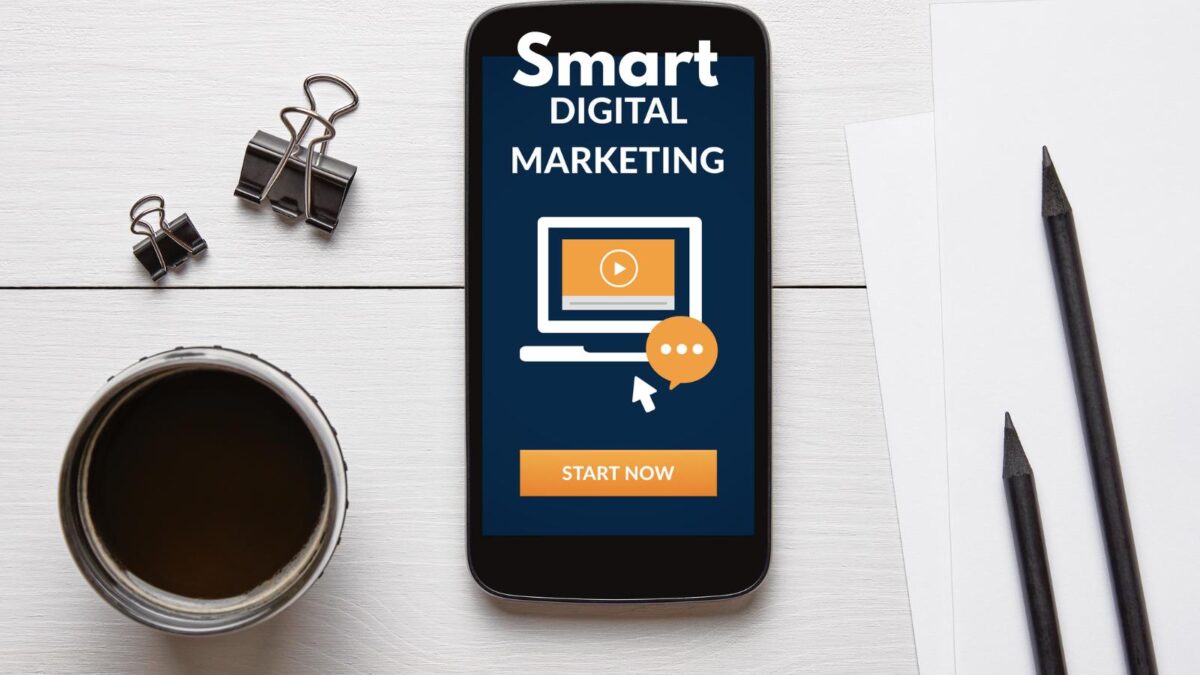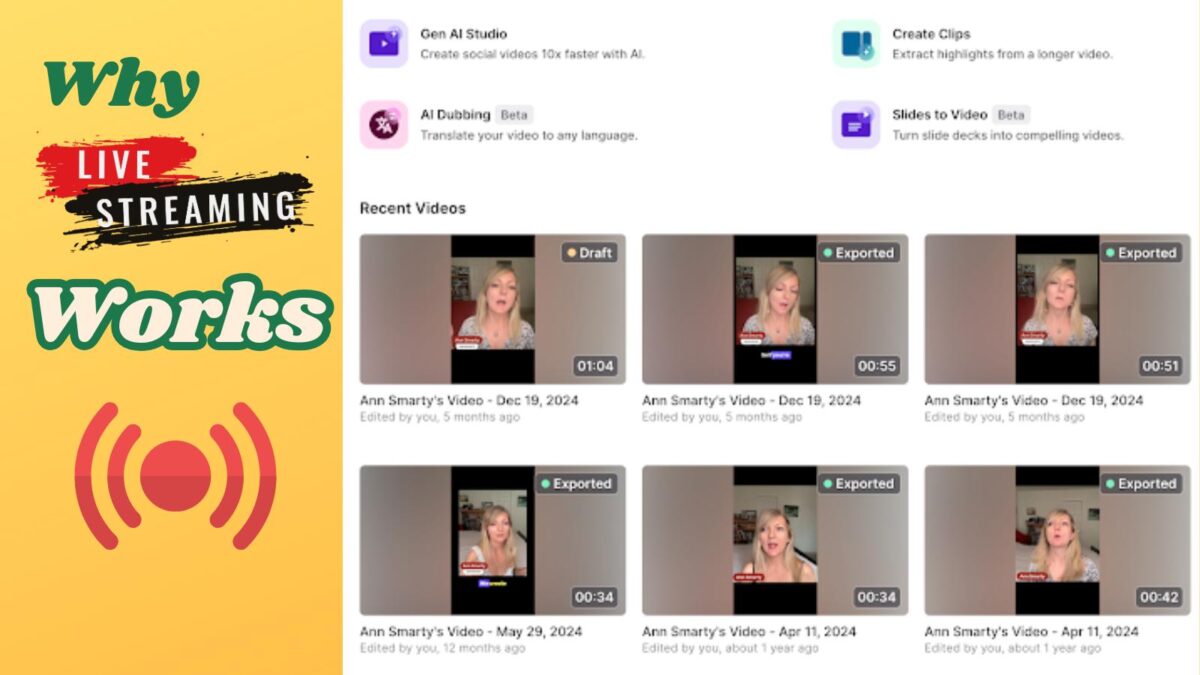Despite being around for over 50 years, email is still the primary method of communication across the globe. Especially in the world is business, the sheer scope of email’s domination over the communications market cannot be overstated with many random email generators being used.
In 2026, Statista predicts that there will be 4.7 billion email users across the globe. That eclipses all other forms of business-customer contact networks.
The scope of email isn’t the only thing that has propelled this medium to the heights it has seen. Email also famously has a high ROI, making this a marketing channel that businesses tend to favor.
Beyond just seeking profit, marketing emails are also highly structured, making them easy to automate for marketing teams that know what their customers are looking for.
To help you craft better marketing emails, we’ll break down the core components of every winning email and how random email generators work.
Let’s dive right in.
Table of Contents
Why Focus on Email to Improve Customer Interaction?
A modern business has numerous potential marketing channels to select from when launching a campaign. A campaign that attempts to improve customer interaction.
Some common forms, like organic marketing and social media marketing, allow them to reach customers who tend to use different social platforms.
Yet, despite having numerous options to focus on, businesses still routinely use emails to get in contact with their customer base.
Here are three reasons that email interaction helps to improve customer interaction:
- Direct Communication: When a company posts on social media or creates a useful blog post, it intends to capture the attention of its audience. It also looks to find new customers. Email marketing also achieves these goals by directly establishing a line of communication between customers and businesses. A marketing email lands right in the inbox of a customer, making it a great way to reach out and share updates or information. This is especially effective when combined with personalization tactics, creating a unique and enjoyable experience for your customers.
- Supports Other Efforts: Email marketing is extremely compatible with other forms of marketing. For example, an email campaign could share parts of a recent blog post, driving people toward a company’s site, while also including links to a social media account. These help to blend and enhance all forms of marketing for a business.
- Easy to Automate: With access to a mail management tool and a structure to follow to create winning emails, businesses can rapidly automate the process of email marketing. This automatic approach will free up time for your marketing team. As well as streamline the process of creating and sending out marketing emails.
To effectively automate email marketing efforts, businesses must first establish a formula for an effective email. An email that drives engagement vs. random emails.

Elements of Effective Emails (Non-Radom Emails)
Emails from your marketing team can come in several formats. For example, you may be sending out a more personal email to a customer from an employee’s account, giving them a customized discount.
Alternatively, you could send out a random email message to all of your email contacts and share information on a recent blog post you’ve sent out.
No matter the type of email you’re sending out, all marketing communications via email should have the following aspects:
- Introduction and core information
- CTAS
- Email signature and sign-off
Let’s break these down in more detail.
Introduction and Core Information
When getting in contact with a customer, you should always begin with a short greeting. Even a simple “Hello, {Name}” can start strong, as the vast majority of customers value personalization.
After your greeting, be sure to get right into the main message of your email. You should focus on stating clearly why you’re contacting the customer. And then what you can offer them or do for them.
Furthermore, you can pair this with a CTA, which we’ll discuss shortly.
No one wants to read paragraphs and paragraphs of filler information in an email. If a customer feels disinterested in your email content, they’ll simply click off. Where possible, get right to the point.
A customer should be able to understand why you’re messaging them. They should know what you expect to gain from the email within a second or two of opening the message.
CTA In Email Marketing
Call to action, more commonly known by its acronym CTAs, is a sentence included in many marketing emails to implore a customer to perform a certain action. For example, they may include a line asking a customer to “Shop products now” or “Read more here.”
By clicking on these links, customers will engage with content outside of the email. This is the core purpose of an email, with this moment of engagement bringing customers to a company’s site or visiting the links that they intend.
Typically, marketing teams should aim to include at least one CTA in their email. Depending on the design of the email, a team could use two or three throughout to draw attention to a specific action they want the user to take.
Email Signature and Sign Off
The email signature is one of the most overlooked parts of a marketing email. This small but useful section gives a high degree of credibility to your business.
When a customer receives an email from one of your team, a well-formatted and detailed email signature that has their information and links to your site will set you off on the right foot.
Instead of having each team member create their signature and possibly having to wonder how to make a Gmail signature, you can save time by using a set template for your company. This makes the random email seems more personal.
During each employee’s onboarding, you can send them this template. Then allow them to customize it, saving time and streamlining the process.
Businesses can use this email sign-off and email signature component of the email to leave a lasting impression on their customers. It is the last, but potentially one of the more important aspects of a marketing email.
What is a Non-Random Email Campaign?
A non-random email is one that targets specific individuals or groups based on collected data and insights. Unlike spam or generic emails, these messages are tailor-made to match the recipient’s interests, behaviors, or past interactions.
They’re crafted to feel personal and relevant, increasing the chances of engagement and response.
This strategic approach helps businesses connect more meaningfully with their audience, leading to better results and stronger relationships.
What is a Random Email Generator?
A Random Email Generator creates email addresses that don’t exist. It uses algorithms to produce unique email IDs with different domains, like Gmail or Yahoo. This tool is handy for testing apps or signing up for services without using your real email.
It’s quick, simple, and keeps your inbox free from spam. Plus, it boosts your online privacy by providing throwaway emails for temporary tasks.
How To Use Random Email Generators
Using random email generators is simple and effective for various needs. First, find a reliable online tool that generates email addresses. Enter the number of addresses you need and click the generate button.
These tools instantly provide a list of random emails. You can use these for testing or signing up for services without using your personal email.
Lastly, always check that the tool is secure to protect your information. Random email generators save time and keep your primary inbox clutter-free.
Final Thoughts: Random or Non-Random Emails For Best Marketing
Email marketing is a phenomenal marketing strategy that businesses around the globe commonly find success with. For businesses that understand how to structure emails effectively, including all of the components in this article, higher customer engagement will be on the horizon.
When it comes to email marketing, non-random emails usually outperform random ones. Non-random emails, often called targeted or segmented emails, address specific groups based on their behavior or interests. This makes the content more relevant to the reader.
Random emails, on the other hand, are sent without consideration for the recipient’s preferences. They often end up overlooked or deleted. By focusing on non-random emails, you increase engagement and boost the chances of conversion.
Plus, they show your audience that you understand their needs and interests, fostering loyalty and trust.
Over time, enhancing how marketing teams send out emails will result in numerous benefits, spanning from a rise in ROI to an increase in customer satisfaction.
- Designing User-Friendly Websites That Drive Results In 2026 - January 21, 2026
- Can You Try mSpy for Free? What Parents Need to Know In 2026 - January 20, 2026
- Offline Marketing: Is It Still a Viable Marketing Strategy Today? - January 20, 2026



